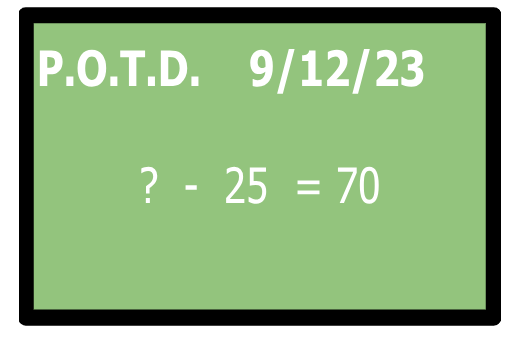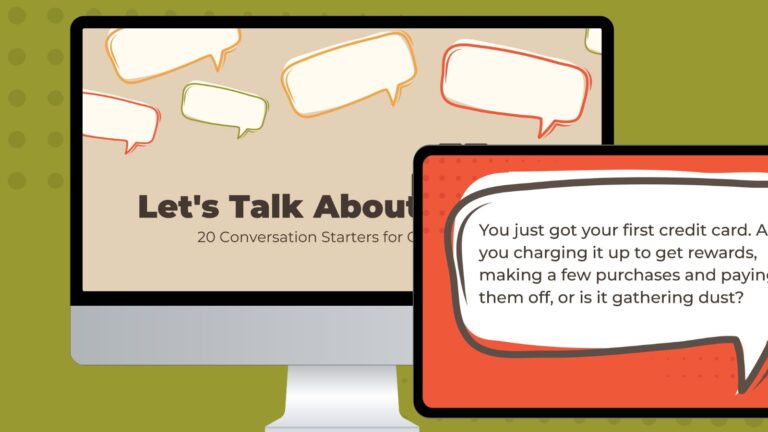For 20 years, I started my math class with a “Problem of the Day.” For me, it was an effective classroom management strategy. Students enter the classroom and start working immediately. It eliminates idleness, downtime, and misbehavior.
Then I realized I could be hyper-focused on those math problems to create a lead into today’s lesson. For example, if I was introducing one-step equations, I would start my lesson with something related, like this:

Eventually, this evolved into a daily bell-ringer standardized test question. My rationale for doing this was it would make students more familiar with testing-type math problems as well as learn test-taking strategies. For instance, if the problem was in multiple-choice format, I would review the process-of-elimination strategy.
However, last year, I tried something new: starting my class with a spiral review in math. My reason for the change was an attempt to fill the enormous gaps in mathematical skills due to the disruption to learning caused by the pandemic.
What does it mean to spiral review in math?
Math spirals are a “do now” jump-start to your math class—like a warm-up but specially selected to hit weak areas.
Students get two to five math problems per day, all on the same skill or a few skills. Once students learn these skills, they are “spiraled” back in throughout the rest of the school year. I spend more time on Monday and Tuesday “teaching the skill” (maybe 10 minutes). The rest of the week, I try to wrap everything up in 5 minutes.
To keep students accountable, I give a small accuracy grade on Friday. Last year, I checked physical papers (just the Friday problems) and gave them effort points for attempting all of the problems Monday through Thursday.
Here’s how I spiral review in math:
Step 1: Identify 5 to 10 skills or standards your students need to work on the most.
Step 2: Plan out 3 skills that you want to work on with your students for the first week.
Step 3: Each class day, start class with 2 to 5 problems on those skills as bell ringers. You can create them yourself or get them here, here, or you can use a spiral generator to create your problems.
Step 4: Move on to the next skill. If your class needs more mastery, spiral that skill back in at a later time.
I recently became aware of a spiral-making tool called MagicSchool that uses artificial intelligence. This app is currently free and has some amazing features. One is a spiral generator. With one click, you can select “Create a spiral review integers,” and it will generate problems and solutions for you in less than a minute!
The results
I was very worried at the beginning of last year when I saw the knowledge gaps I needed to fill. But with a steady spiral review in math, I saw huge improvement in student retention of those targeted math skills. Especially when it came to summative assessments. Students seemed more confident and prepared for the final exam because they continued to practice those skills all year long. For example, I introduced linear systems in November and continued to review them in my weekly spirals throughout the year.
What I’ll do next year
In my research, I noticed that some teachers do a digital accuracy check at the end of the week. So, I plan to create a three-problem mini accuracy check in Schoology that is self-grading. It will automatically check for accuracy and go directly into my grade book. I will still collect the weekly papers and take a quick look through them. One of the spirals I chose seemed like it was just right for my advanced math class, but a bit too challenging for my general education/co-taught courses.
Are you inspired to try using a math spiral review with your students?
For more articles like this, be sure to subscribe to our newsletters to find out when they’re posted!


